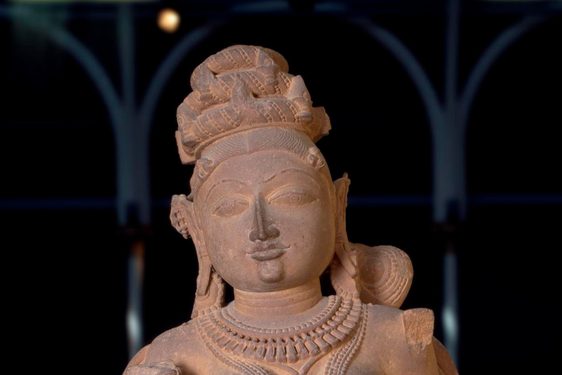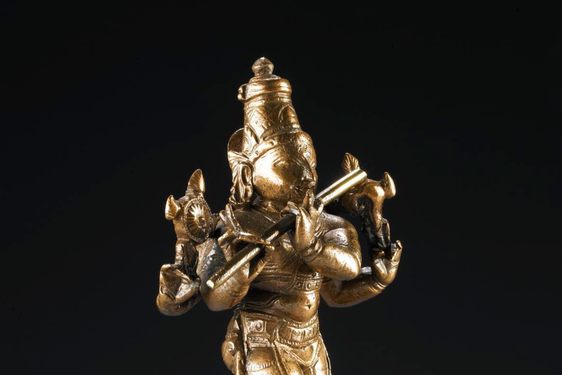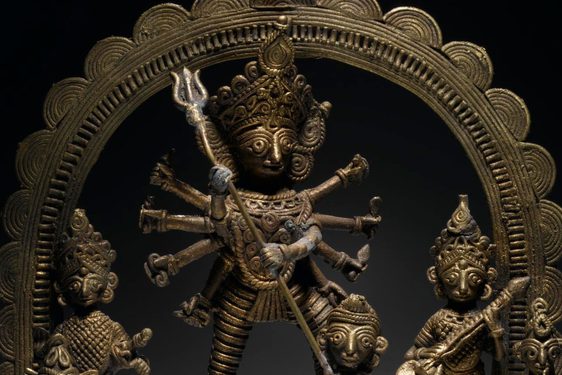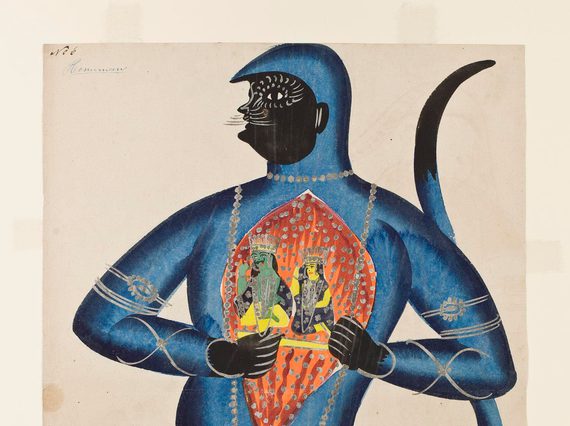
The god Hanuman: A symbol of bravery and service
News Story
Hanuman the monkey God
Hanuman (Sanskrit: हनुमान्) is an immensely popular figure in Hindu religion and mythology. He is a Vanara – a monkey, ape, or forest-dweller. Vanaras are shapeshifters and are still considered by some believers to be demi-gods. Hanuman is a conspicuous character with hair, fur and tail, and his monkey-like characteristics include leaping, jumping, and flying in the sky without wings. Such attributes make him a charismatic figure. He is regarded to be the son of wind-God Anjana, hence also popularly known as Anjaneya (son of Anjana). He is also considered to be a partial avatar of Lord Shiva.
Hanuman is a devotee and a companion of Rama, the main character of the Ramayana, an epic Sanskrit poem from ancient India. In the Ramayana, he is depicted as almost human with reference to his speech, clothing and habitation. Hanuman helps Rama in his struggle to defeat the learned but evil demon king Ravana in the battle at Lanka to bring back his wife, Sita.
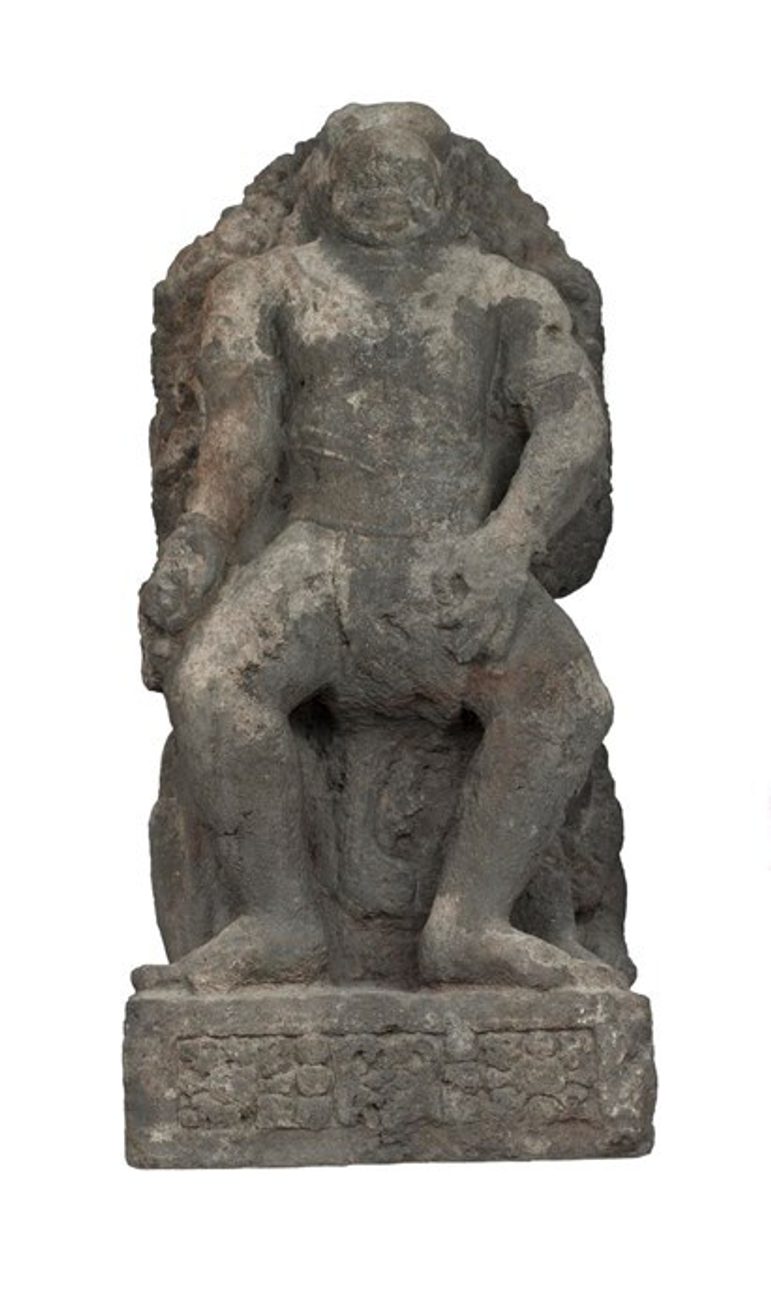
Stone sculpture of Hanuman, a divine vanara, or forest-dwelling, monkey-like being, standing in front of a tree with flowers and birds, India, 10th - 15th century. Museum reference A.UC.112.
Hanuman represents the ideal of bravery and service. During the group's sessions we discussed how people worship Hanuman in their homes on Tuesdays and Saturdays through fasting and the wearing of red and orange colours as symbols of his love, commitment, strength, and bravery. Hanuman is connected to red and orange as he adorns himself with sindoor (vermilion) as a reflection of his devotion to Rama.

Networking Key Services members discuss the symbolism of Hanuman over a cup of tea.
The sculpture of Hanuman can be found in the Traditions in Sculpture gallery at the National Museum of Scotland.
Written by
Members of the Networking Key Services group
In 2022 South Asian community groups supported by Networking Key Services (NKS) visited the National Museum of Scotland to view the galleries and interpret objects from the South Asian and Scottish collections.
